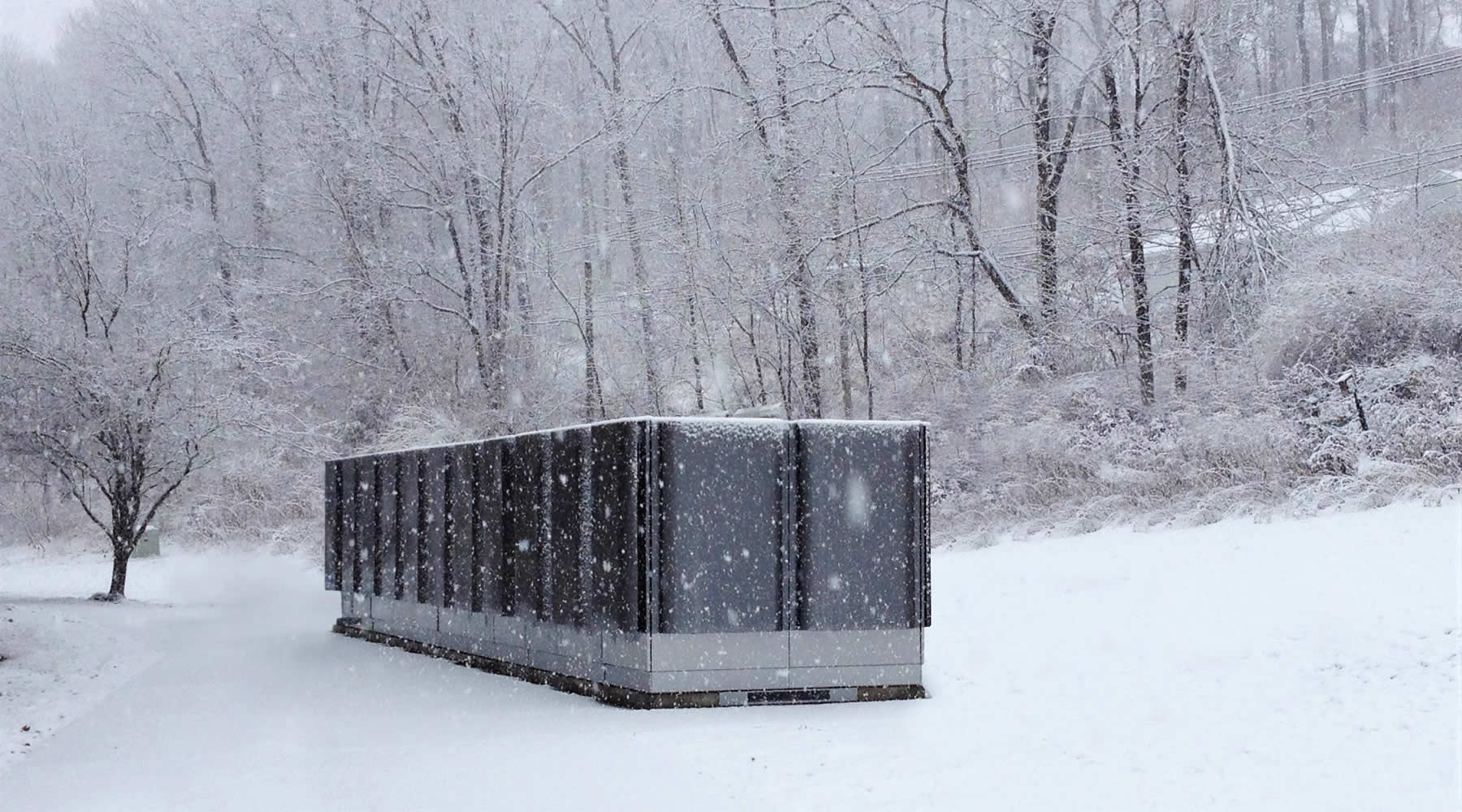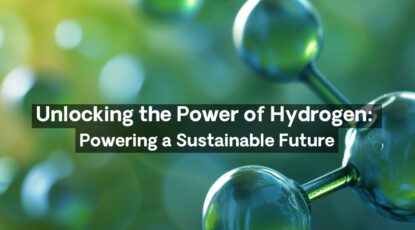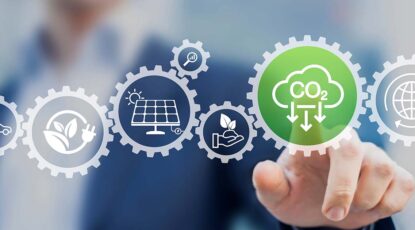From coast to coast, the U.S. is anticipating the arrival of its typical natural disaster seasons – wildfires, hurricanes, and tornadoes. However, there is nothing typical about these upcoming seasons.
This year, there is another calamity to add to the chaos – the COVID-19 pandemic. The outbreak that has swept the globe in 2020 has brought unprecedented uncertainty to society.
Since mid-March, 1 in 5 American workers has filed for unemployment benefits. By early April, more than 90 percent of the American population was living under stay-at-home orders. Moreover, as of early June, the COVID-19 virus had infected more than 2 million people in the U.S.
Indeed, “unprecedented times” has become the defining term of the era – and evidently, that is spot on.
Severe weather on the horizon
In California, fire season is looming. Due to social distancing requirements, wildfire prevention work, such as tree trimming and brush clearing, has progressed slower than usual this year.
RELATED: California braces for a collision of crises: COVID-19 and wildfire season
On the east coast, states are preparing for a fiercer than usual hurricane season. The latest forecasts indicate that the 2020 season will be well above average with 16 named storms, eight hurricanes, and four major hurricanes. According to researchers from Colorado State University, the probability of a major U.S. hurricane is 130 percent greater than average this year.
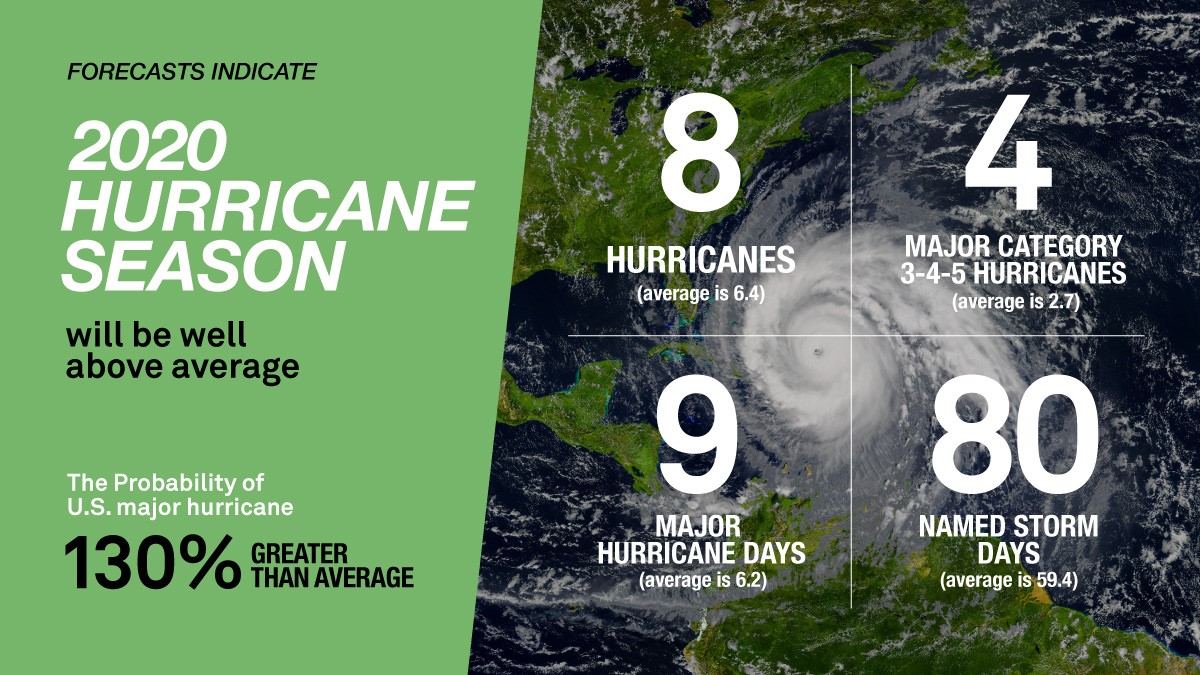
In the south-central U.S., although the peak of tornado season does not usually arrive until May, there were an above-average number of tornadoes through mid-April.
Because of a changing climate, extreme weather events are becoming more frequent and more intense from coast to coast. The addition of COVID-19 is expected to hinder response to these disasters.
Social distancing will stymie disaster response
Under normal circumstances when a storm hits, a mass mobilization of crews ensues to efficiently fix damaged critical infrastructure and get the power back on for impacted communities.
With the threat of COVID-19, longstanding mutual assistance pacts between utilities to deliver disaster response support are going to be challenged. In fact, the utility tradition of mutual assistance might be put on hold altogether in order to limit contact between workers from different regions.
Additionally, when power line crews are sent out following disasters, they typically work in close proximity to make repairs, like replacing and setting poles – conditions that are no longer possible during a pandemic. CDC guidelines to protect the health of utility crews, such as social distancing and limited travel, makes it much more difficult to get this work done.
Prevent power disruptions: Get ready for 2020’s wildfire and storm seasons
These are not just speculations – we’ve already seen COVID-related challenges impact grid repair work in the U.S.
In mid-April, violent storms that tore through the South and up the East Coast left broken power poles, tangled wires, and more than one million homes and businesses without power. Entergy Corp., which delivers electricity to utility customers in Arkansas, Louisiana, Mississippi, and Texas, warned of multiday efforts to get the lights back on in a news release.
COVID-19 will not only add to the intensity of the devastating impacts natural disasters bring, but also will effectively make it that much more difficult to recover in the aftermath.
U.S. power grid and severe weather do not mesh
If there is one thing that we have learned from the natural disasters of the past, it is that when severe weather rolls in, the grid distribution system does not perform well.
Consider the year 2018 – Hurricane Michael left 2.5 million customers across the Southeast without power, requiring more than 35,000 utility workers from at least 27 states and Canada to rally together to try to restore power. A severe summer storm in Michigan knocked out power to more than 150,000 customers, some of which were in the dark for up to four days. Back-to-back nor’easters left more than one million customers on the East Coast without electricity, with full restoration taking over a week.
And, that is just a small glimpse of the disasters that struck the nation in a single year and the damage that was done on power infrastructure.
RELATED: Confronting the costs and consequences of day(s) without power
The unfortunate reality is the U.S. power grid is extremely vulnerable to severe weather – and we know more severe weather is on its way; coming head to head with another monster, COVID-19.
So, what can we do now to build a better, more stable power system? How can we harden our critical energy infrastructure?
An evolving approach to power
The U.S. power grid, albeit an incredible feat of the late 19th century, is not up to the challenges of the 21st century.
The power grid needs a thicker skin to weather the storms of today – but hardening the traditional “poles and wires” utility model will take years and trillions of dollars to do the trick. (Some estimate a full replacement would cost nearly $5 trillion.)
So, what if instead of relying on the traditional grid for all power needs, we supplement the grid with additional primary sources of power that generate electricity right on-site?
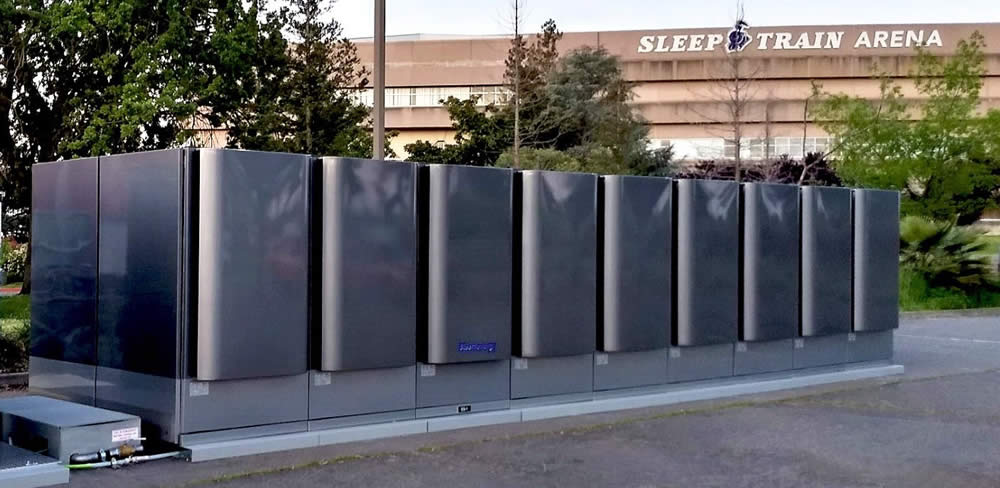
Bloom’s Rapid Microgrid at Sleep Train Arena in Sacramento is supporting a field hospital assembled by the State of California to treat overflow COVID-19 patients.
RELATED: Powering field hospitals to save lives during the COVID-19 outbreak
This new power system is called a microgrid – and communities around the nation are adopting it to help harden their energy supply and ensure they are prepared to power through future crises.
In fact, North America just earned the top spot in the global microgrid market, according to a new report by Guidehouse Insights.
Its title as global microgrid leader will be fortified over the coming seasons, as communities and businesses demand power solutions that protect against macro disruptions and ensure continuity; something needed to endure the “unprecedented times” we find ourselves in.
Defend your business or community against power outages
Stay tuned for the next blog in the Disaster Preparedness series, where we will delve into microgrids: what they are, how they solve today’s energy challenges, and where they are deployed to provide power security amidst the threat of upcoming disasters.
READ HERE: Energy independence is more important than ever. Here’s why.
Watch our on-demand webinar:
- Title: Extreme Weather Events: Learn How to Protect Your Business Against Power Disruptions
- Watch now
 Asim Hussain oversees commercial strategy and customer experience at Bloom Energy. In his 10 years at the company, Asim has held various strategic marketing positions. He has extensive knowledge in clean tech energy, distributed generation, smart grid, and energy economics.
Asim Hussain oversees commercial strategy and customer experience at Bloom Energy. In his 10 years at the company, Asim has held various strategic marketing positions. He has extensive knowledge in clean tech energy, distributed generation, smart grid, and energy economics.
